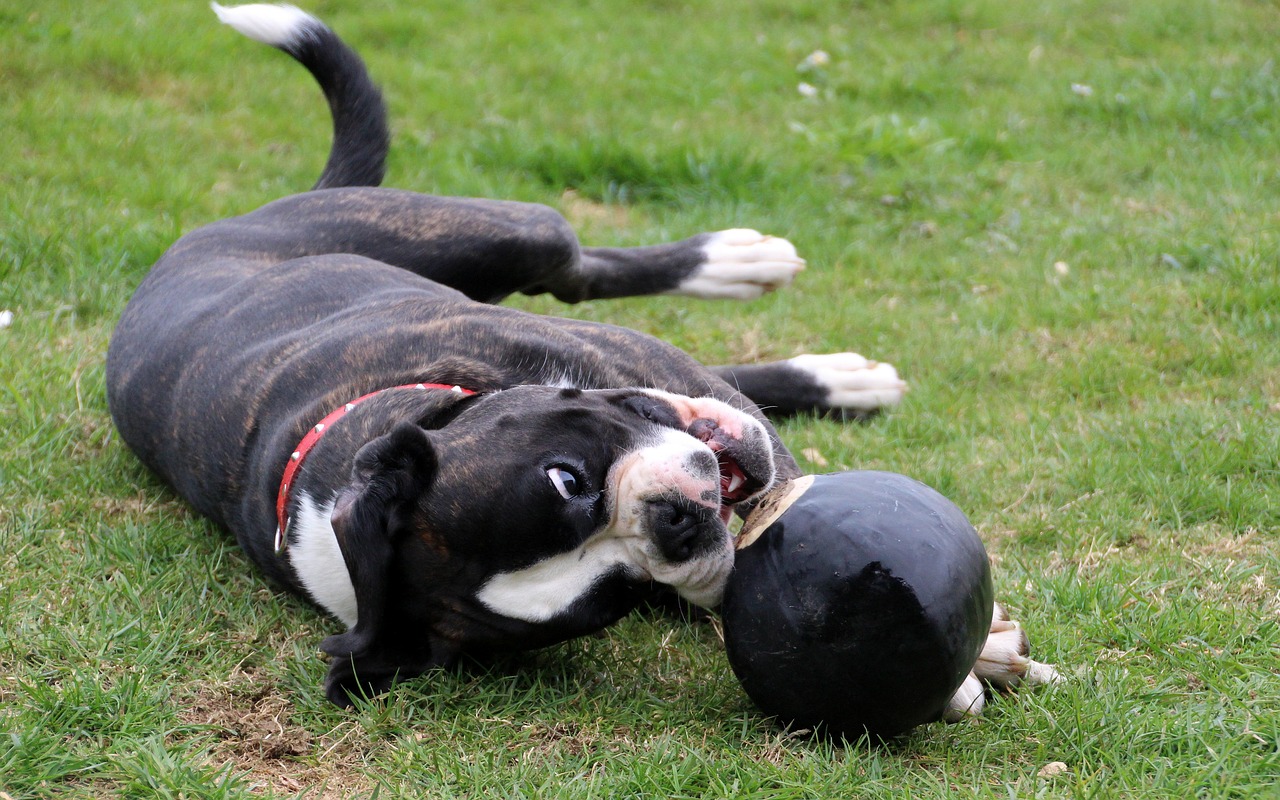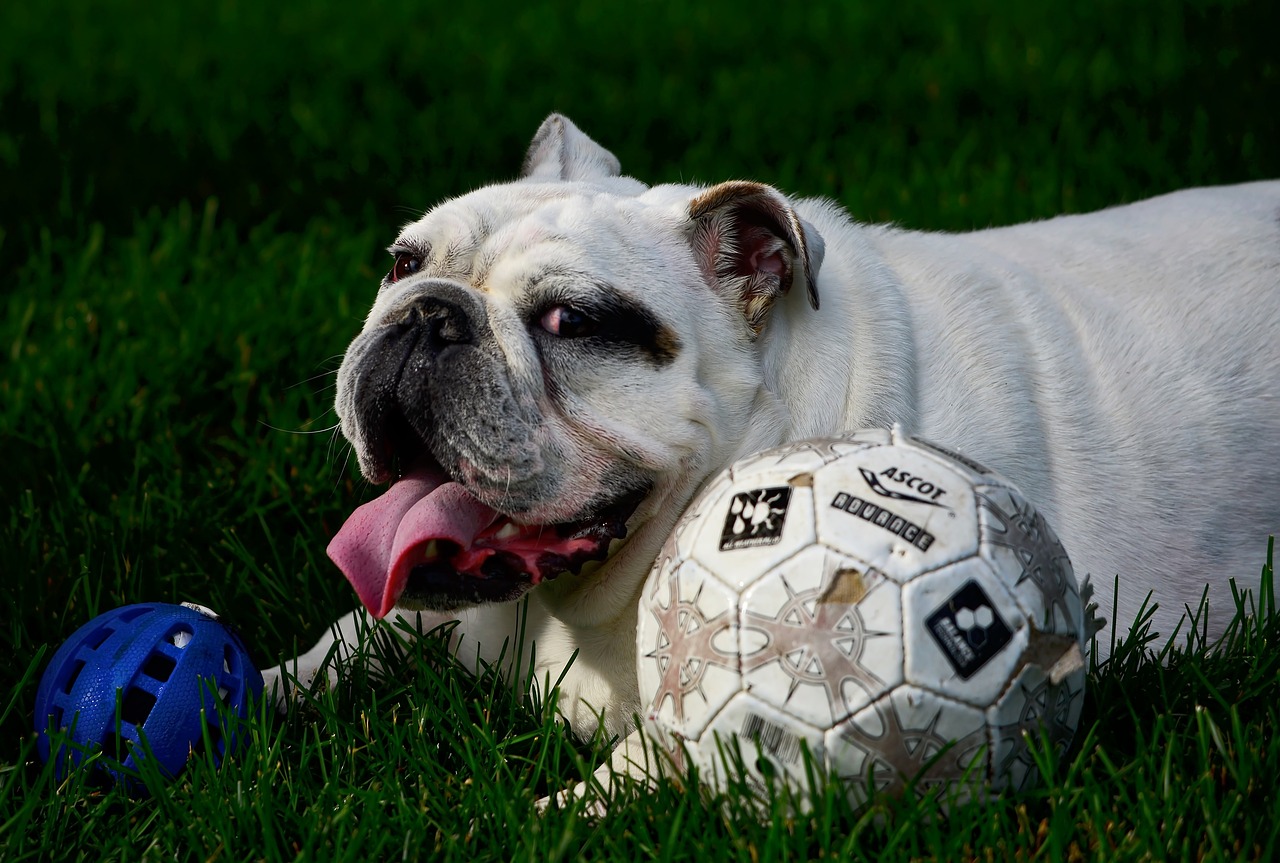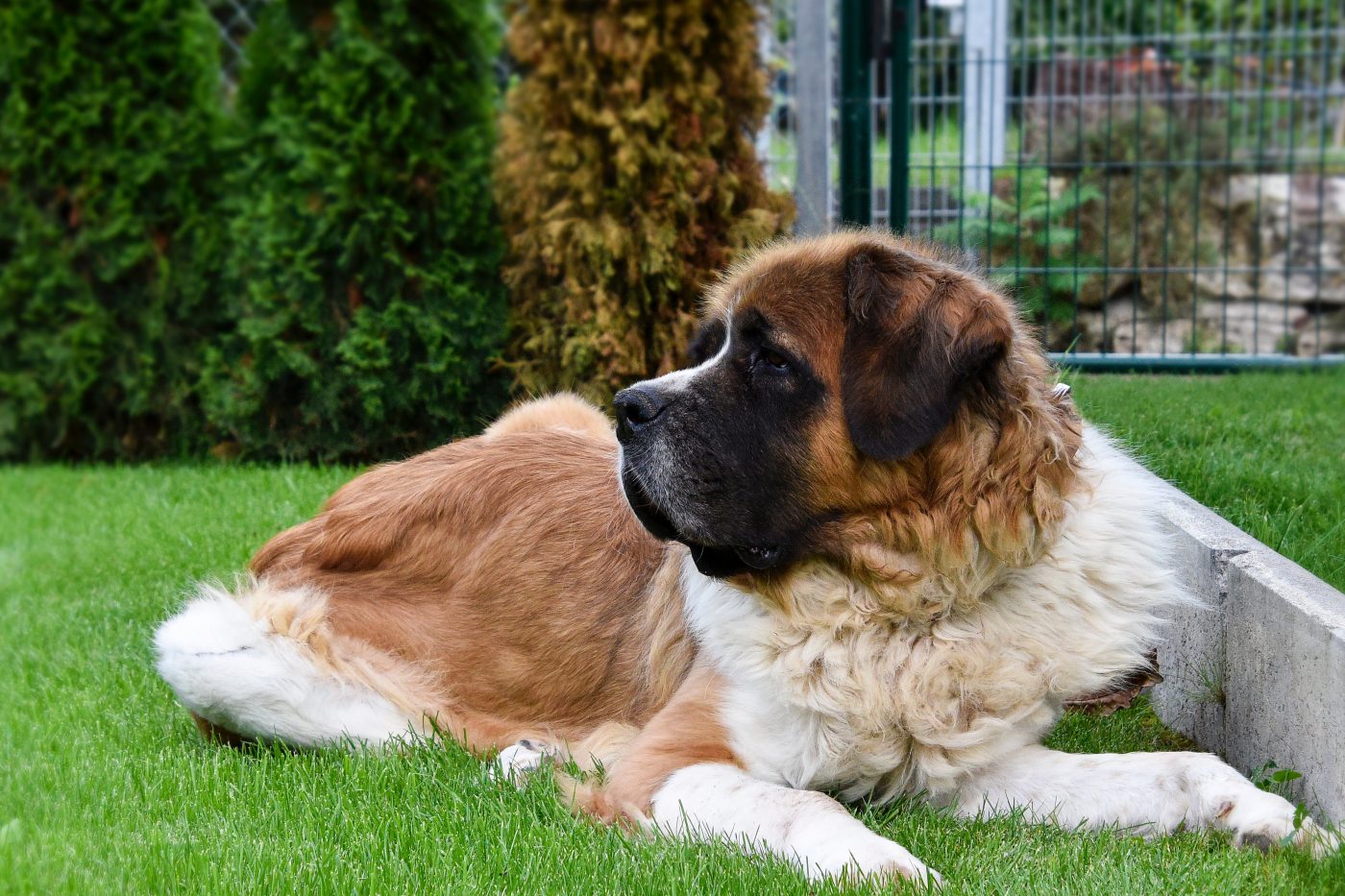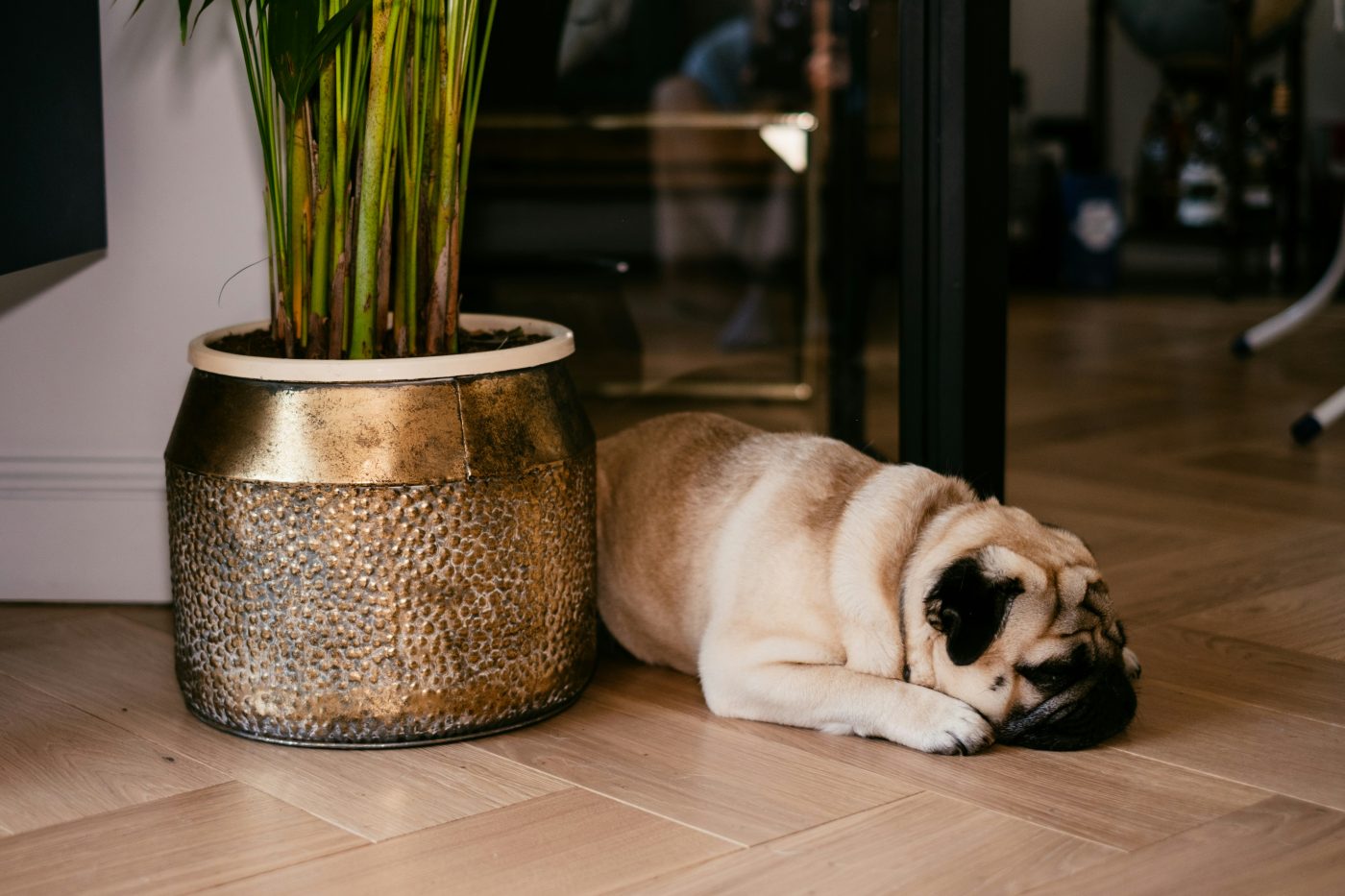Some dog breeds, with their unique physical characteristics or boundless energy, seem to navigate the world in a more haphazard manner than others. Whether it’s due to poor spatial awareness, sheer enthusiasm, or specific visual limitations, these breeds often find themselves bumping into furniture, walls, and even their human companions. While this trait can be endearing, it also underscores the importance of creating a safe environment for these clumsy canines. Understanding which breeds are more prone to such accidents can help owners take preventive measures to protect their pets from harm. This article will explore six dog breeds most likely to accidentally bump into things, examining the reasons behind their clumsy antics and providing tips on how to keep them safe.
1. Boxer
Boxers are known for their playful and energetic nature, often displaying a youthful exuberance throughout their lives. This high level of energy, combined with their muscular build, can sometimes lead to a lack of grace, resulting in frequent bumps and collisions. Their enthusiasm for play and interaction often outpaces their spatial awareness, making them more prone to accidentally running into objects and people. Owners can help minimize accidents by providing ample space for play and exercise, using barriers to protect particularly vulnerable areas, and training Boxers to moderate their speed and excitement indoors.

2. Bulldog
Bulldogs, with their distinctive stout bodies and short legs, often exhibit a waddling gait that doesn’t always lend itself to precision movement. Their vision can also be obstructed by the folds of skin around their face, further increasing the likelihood of bumping into things. Despite their slower pace, Bulldogs can be surprisingly determined when they set their sights on a destination, sometimes ignoring obstacles in their path. Creating a clutter-free living space and regularly cleaning their facial folds to promote better vision can help reduce the frequency of these accidents.

3. Basset Hound
Basset Hounds are easily recognizable by their long ears, droopy eyes, and short legs, all of which contribute to their propensity for bumping into objects. Their low-slung body makes them more prone to not seeing low-lying furniture and obstacles, while their long ears can obscure their peripheral vision. Additionally, their sense of smell often leads them with their nose to the ground, sometimes at the expense of forward visibility. Basset Hound owners can help by keeping walkways clear and paying attention to the placement of objects at the Basset’s eye level.

4. Dachshund
Dachshunds, or “wiener dogs,” are known for their elongated bodies and short stature, characteristics that can make manoeuvring through tight spaces a challenge. Their low-to-the-ground perspective means they may not always see obstacles in their path, leading to frequent bumps and stumbles. Their adventurous spirit and curiosity can also lead them into tricky situations. To protect Dachshunds from harm, owners should ensure their living environment is free of hazardous obstacles and consider using baby gates to restrict access to particularly dangerous areas.

5. Saint Bernard
Saint Bernards are gentle giants known for their size and strength, but their large build can sometimes be a hindrance in tight spaces. Their sheer bulk makes it difficult to navigate through narrow passages without knocking into furniture or people. Despite their imposing size, Saint Bernards may not always be aware of their spatial dimensions, leading to accidental bumps. Providing a spacious and well-organized living area, along with training on spatial awareness from a young age, can help minimize incidents.

6. Pug
Pugs are charming companions with a playful disposition, but their brachycephalic (flat-faced) features can limit their field of vision, making them more likely to run into objects. Their enthusiastic nature often sees them charging ahead without fully considering their surroundings. Ensuring that the floors are clear of obstacles and maintaining a consistent layout in the home can help Pugs navigate more safely. Regular eye check-ups are also important to address any vision problems that could exacerbate their clumsiness.

While accidental bumps and collisions can be part of the charm of owning certain dog breeds, owners need to take steps to protect these clumsy canines from injury. Breeds like Boxers, Bulldogs, Basset Hounds, Dachshunds, Saint Bernards, and Pugs, each with their unique physical traits and behaviours, are more prone to such mishaps. By understanding the reasons behind their propensity for accidents and implementing preventive measures, owners can ensure a safer environment for their beloved pets, reducing the risk of injury and ensuring their well-being.
 Toledo, United States.
Toledo, United States.